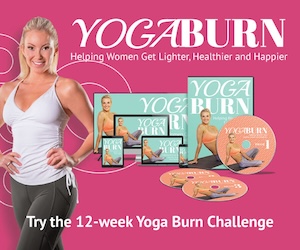Yoga For Strength And Flexibility:
Yoga is a powerful tool if you want to tone your muscles and build strength, using nothing but your own body-weight (or small weights). One of the best aspects of yoga is it’s ability to be multi-dimensional. Often, when we want to gain strength and power, our first thought is hitting the gym and repetitive weightlifting. Although this this can be a great way to add bulk and mass, yoga can help as well in your daily regimen. Here, we’ll discuss yoga for strength and flexibility.
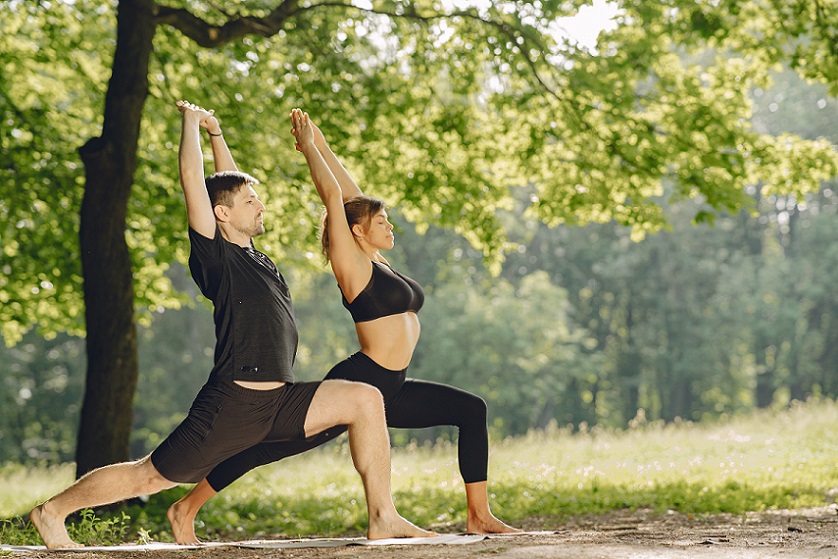
As beforementioned yoga for strength and flexibility should not be overlooked, especially in today’s day and age with exercise modifications. Yoga can also be a great option that can be used without special facilities, and incorporated into your current routine to even assist in further strength gains.
Check this blog out on Yoga for Weightlifters, as we discuss how certain poses may facilitate better weightlifting abilities. Furthermore, how it can help you become more proficient and remain more flexible after all those heavy weights.
There are a few key ways that yoga accomplishes this. Let’s dive a little deeper into why you should be using yoga as part of your daily workout(s).
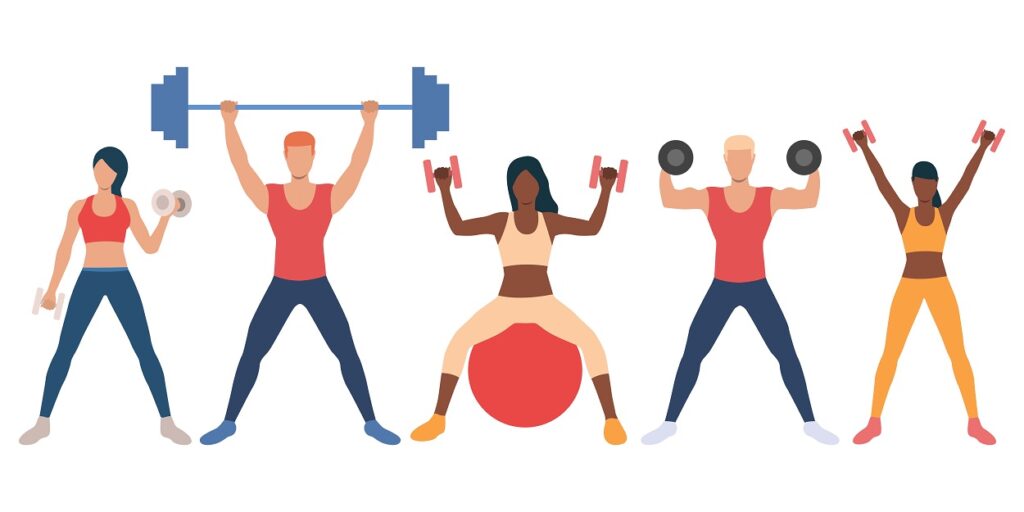
What Makes Yoga Great for Strength and Flexibility?
You may be wondering, is strength or flexibility more important? More then likely you’ll see arguments from both sides based on what your end goals are. However, when it comes down to it, they are probably both equally important.
Some movements, sports, and/or daily activates take more strength then flexibility and vice versa for others. The fact is, if you’re stiff and rigid or whether you’re extremely flexible with little strength, both scenarios can make you vulnerable to injuries. We want a healthy balance of the two.
Read this article over at Revamp Wellness as they do a nice job of breaking down strength vs. flexibility.
One of the primary ways that yoga works to build strength is through the engagement of the core. Your core is the center of your body and where you draw power from in almost any activity you perform. What this means is to gain strength in other areas of your body, you would do yourself a favor by focusing on building core strength and working your way outward.
Harvard Health says this in an article posted on there site when discussing the benefits of strengthening your core. The core is the “central link in a chain connecting your lower and upper body“. “The core muscles provide stability for the entire body to move”, and it’s not just about your abdominal muscles. The true core includes muscles in the back and hips as well, all working together in cohesiveness.
Nowadays, practices such as yoga are being integrated into strength training routines, boot camps and weightlifting classes.
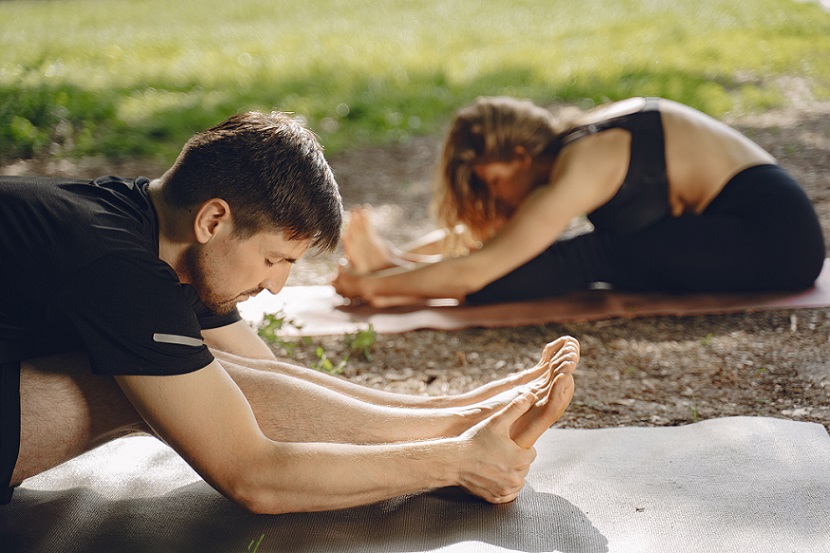
The secondary element that makes yoga so effective is its ability to improve your flexibility. Flexibility is not usually associated with strength. However, they truly go hand in hand if you want to maximize your bodies everyday function(s).
Whether you are an “average Joe” completing certain task throughout your day, or a professional athlete who contorts their body to make a game-saving catch, much of this is possible because of your flexibility.
This is why we love yoga, because it can help create this beautiful balance of the two. Yoga is perfect for the development of both core strength and flexibility. Additionally, this is a major reason yoga is user friendly as a standalone routine, or in conjunction with other workouts you may perform.
It may seem crazy at first that the resistance and weight of your own body is enough to develop these areas, but if you are a skeptic, give yoga a try. We’re pretty sure you will be apt to see it’s benefits!
Some Research Tidbits on Yoga for Strength & Flexibility
One study published in 2015 sought after the effects of a 12-week Hatha Yoga intervention on aspects such as cardiorespiratory endurance, muscular strength and endurance, as well as flexibility. The study concluded that this intervention has favorable effects on all three, in adult subjects.
Other studies have suggested similar results with regular yoga practice. These include not just enhancements in muscular strength and body flexibility, but also in the reduction of stress, anxiety, depression, chronic pain and better sleep patterns.
Another study looking at the effects of yoga with active and inactive controls in older patients, found that yoga should be promoted as a “multimodal activity” for older adults to promote strength, balance, flexibility and mental wellbeing.
Best (Building Block) Poses to Use Yoga for Strength and Flexibility:
When using yoga for strength and flexibility, certain poses make the most of your body weight, and target specific areas. Here are a few poses for anyone looking to help build strength in their core and maximize their bodies flexibility.
Watch This Short Strength & Flexibility Routine!
Strength
Plank Pose
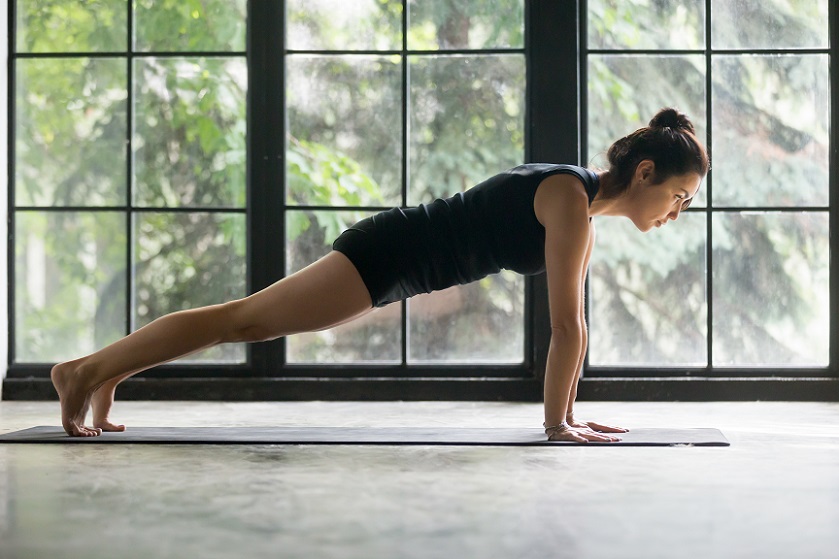
The plank pose is a powerful way to build-up strength in the core. The beauty of this pose lies in its simplicity, but also it’s effectiveness. Their are several variations of Plank pose, but for this post, we’ll discuss the basic form.
Steps
1. Firstly, get onto your yoga mat. The initial set-up is similar to a starting push-up position.
2. Your toes should be tucked under, and your shoulders overtop your hands.
3. Then, spread your fingers wide and deliberately attempt to place equal weight throughout them, taking strain off your wrist.
4. Connect your mind and engage your core throughout the asana.
5. Attempt to keep a neutral and straight back, allowing for best energy flow.
6. Hold the position to failure.
To use this yoga pose for core strength, hold it for as long as possible, or to failure.
b. Dolphin Pushup
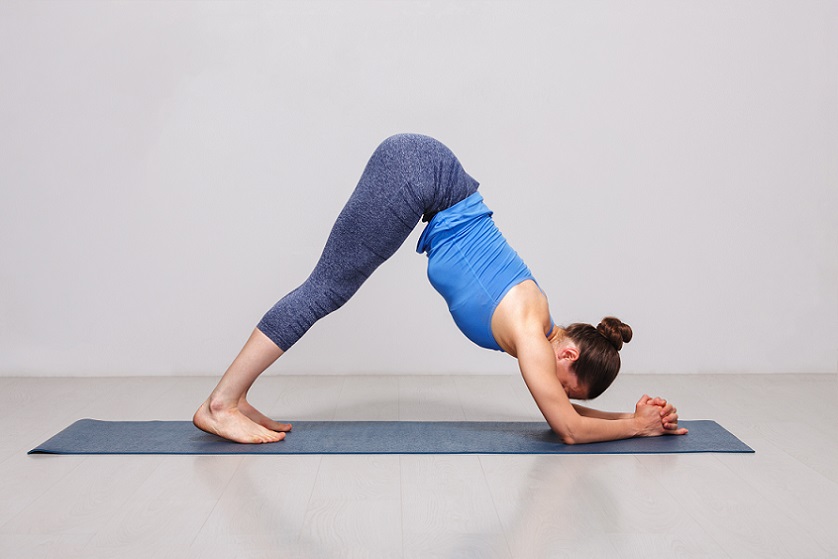
The dolphin pushup is a powerful pose that can help build strength in your entire body. It is a healthy next progression of strength poses after the plank pose.
Steps:
1. Start on your mat. Place your forearms down, clasping the hands together to begin getting into a forearm plank pose.
2. Then, imagine pushing your forearms down into the mat prior to stepping your feet back and getting into the plank position. Elbows should be roughly hip-width apart, as should your feet.
3. Now come up into the plank, begin to walk your feet up toward your hips, lifting your hips toward the ceiling. You are now in Dolphin.
4. To continue to the pushup variation, while in Dolphin, shift your upper body forward, where your shoulder pass your elbows, then shift them back over your elbows in a back and forth pattern.
5. Start with just a few of these, as you may wear down quickly even just with your own body weight. Up the reps daily, and as you get stronger.
Flexibility
a. Standing Forward Fold (Uttanasana)
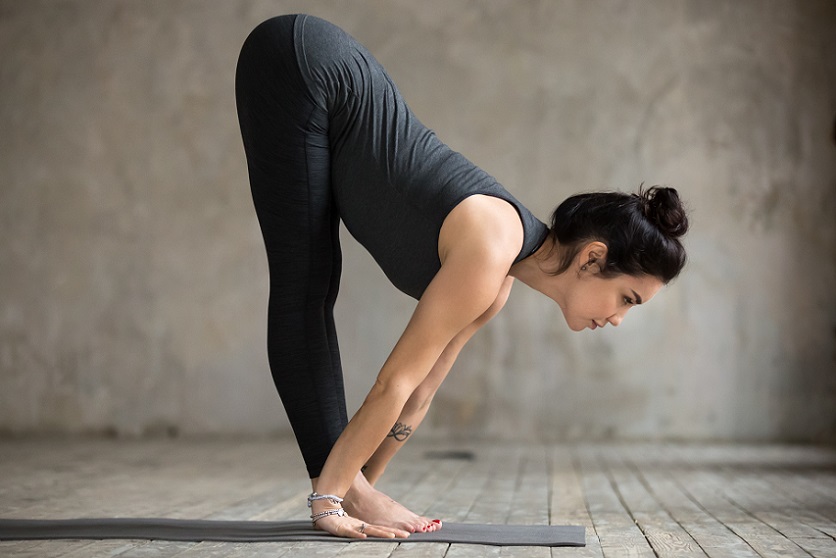
The standing forward fold or Uttanasana is revered by many as one of the most effective yoga positions for improving flexibility. It is a common starting pose for many yoga routines.
The key to this pose (as with all others) is maintaining proper form. This beginner friendly pose can be used as a metric of flexibility. As you become more flexible, it will become easier to do.
This is a forward-bend stretch type pose. Additionally, emphasis is placed on stretching the hamstrings, lower and upper back, and hips. This is a great movement for decompression of the spine.
Steps:
1. Bring your feet hip distance apart or slightly wider.
2. Feet planted, inhale, arms overhead then sweep them out to the side, as your begin to bend at the hip.
3. As you come down, bring your sternum or chest forward (out) and your hips back.
4. Attempt to keep your spine long and gaze downward toward the yoga mat as you decrease your angle.
5. Your fingers can come down in front of your feet or in line with your toes. Yoga props, like blocks are a great way to start, as this pose is challenging for many.
6. Hold for a few breath cycles, sinking deeper into the pose, pulling your thighs inward to open up your sacrum.
b Cobra Pose (Bhujangasana)
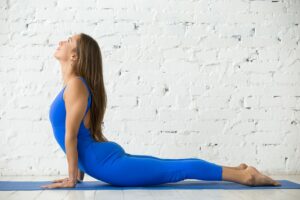
Using the cobra pose for flexibility will create a thorough stretch in the spine and back. Over time will build flexibility in this area, which can benefit many daily activities. The cobra pose is a back-bend type asana. It helps target the back, chest, neck, pelvis region and arms.
Steps:
1. Begin Cobra pose on your stomach with your big toes touching. Place your arms up by the shoulders, thumbs should be able to touch the top of the shoulder in a similar fashion as if you were going to do a pushup.
2. Then, place your forehead to the mat, concentrate on pressing your pubic bone down, while drawing in your naval.
3. Inhale, begin to lift your head, using your stomach muscles, not your neck. When you get to a point you cannot lift with your core, press down with your arms into the mat, getting a better stretch.
4. Now attempt to relax your lower back muscles and glutes, using your abdominal muscles and arms to stabilize. Bring your shoulder blades back.
5. Breath for a cycle of 4-8 breaths.
Final Thoughts On Yoga For Strength And Flexibility:
This is a very small sample size of poses that can help to increase your overall strength and flexibility. The goal here is to identify areas that you may need work on, and target those in a yoga workout. These are building blocks.
A good start to this is practicing some of these beginner “type” asanas. From there, give the above video a try as this will put a short workout routine together for you.
At first, these poses may seem slightly tricky if you are a new yogi. Like in life, the more you do them, the more comfortable they will become, and the greater the results you will see.
Thanks for stopping by, we’ll see you next time at RNtoZen.com! Be sure to share our posts on your social media platforms.
References:
- https://www.health.harvard.edu/healthbeat/the-real-world-benefits-of-strengthening-your-core
- https://www.revampwellness.ca/blog/benefits-of-strength-and-flexibility/
- https://health.clevelandclinic.org/planning-to-start-exercising-start-with-your-core-first/
- https://www.ncbi.nlm.nih.gov/pmc/articles/PMC4475706/
- www.ncbi.nlm.nih.gov/pmc/articles/PMC3193654/
- https://ijbnpa.biomedcentral.com/articles/10.1186/s12966-019-0789-2

